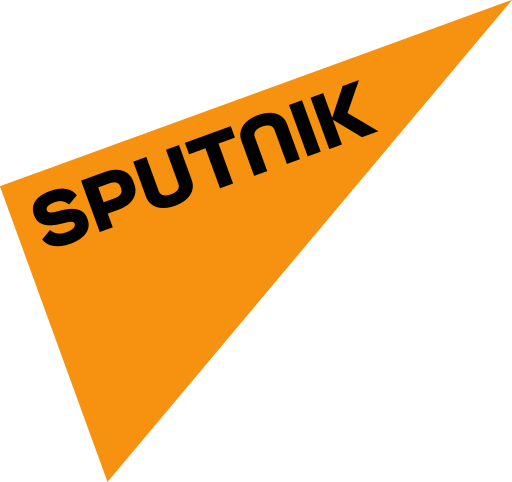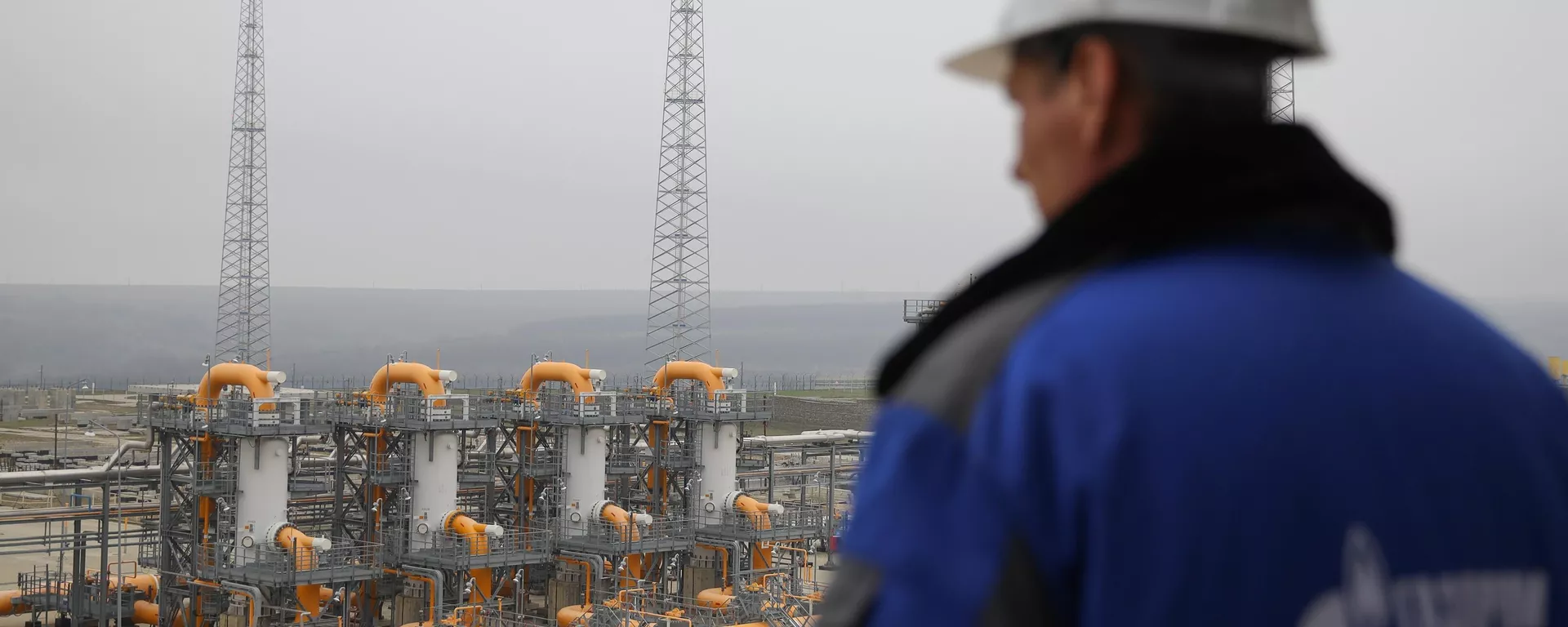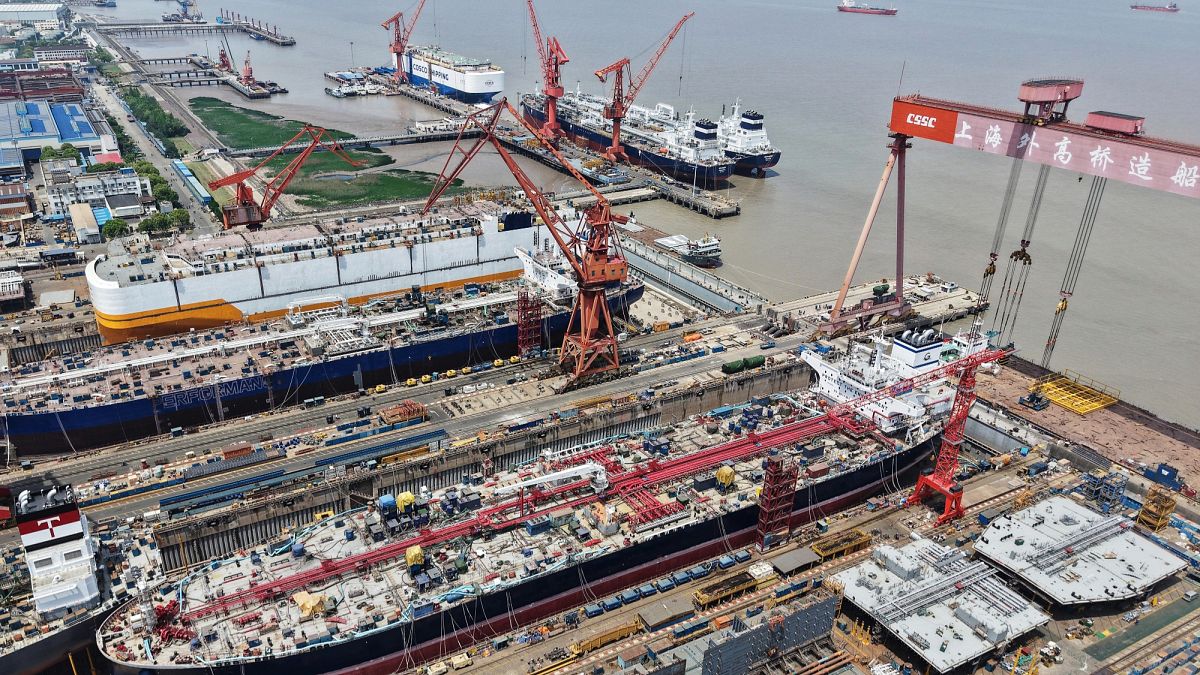Winners
US LNG producers:
The halting of Russia's gas deliveries through Ukraine will increase the US share and reduce competition in the EU market.
The latest US LNG delivery amounts to 100 million cubic meters of gas (1 TWh of energy, or 3,530,000 MMBtu), bought by D.Trading, DTEK’s pan-European trading subsidiary. The shipment arrived at Greek LNG terminals such as Revithoussa, where it will be "re-gasified" and distributed "through EU and Ukrainian gas networks," according to DTEK. One network, the Vertical Corridor, will transmit US LNG deliveries between Greece, Bulgaria, Romania, Hungary, Slovakia, Moldova, and Ukraine.
LNG from the US for Europe is at least 30-40% more expensive than pipeline gas from Russia.
In December 2022, the US became the world’s leading exporter of LNG amid Europe's energy crisis and the sabotage attack on Russia's Nord Stream pipelines.
Losers
Ukraine: Ukraine will lose almost $1 billion annually from Russian gas transit fees. Additionally, Ukraine is likely to pay more for US LNG coming through the Revithoussa LNG terminal than for Russian pipeline gas, which used to come in the form of a "virtual reverse."
Hungary, Austria, and Slovakia which have long relied on Russian gas transit through Ukraine, will face challenges. Being landlocked, access to LNG delivered to marine terminals is costly and difficult. Long-term contracts with Russia's Gazprom allowed them to buy natural gas considerably cheaper than EU gas spot prices. For instance, Austria had been receiving Russian gas at a price almost three times cheaper than EU spot prices in 2022, according to Reuters.
European Union: After sliding to $11.79/MMBtu in October, European gas prices rose to almost $15/MMBtu on November 22. On December 27, benchmark futures rose further by 5% on the news of halted Russian gas transit through Ukraine. Stopping the supply of Russian gas through Ukraine will cost Europe around $125 billion in total losses in 2025-2026, according to Slovak Prime Minister Robert Fico.

 3 months ago
30
3 months ago
30








 We deliver critical software at unparalleled value and speed to help your business thrive
We deliver critical software at unparalleled value and speed to help your business thrive






 English (US) ·
English (US) ·